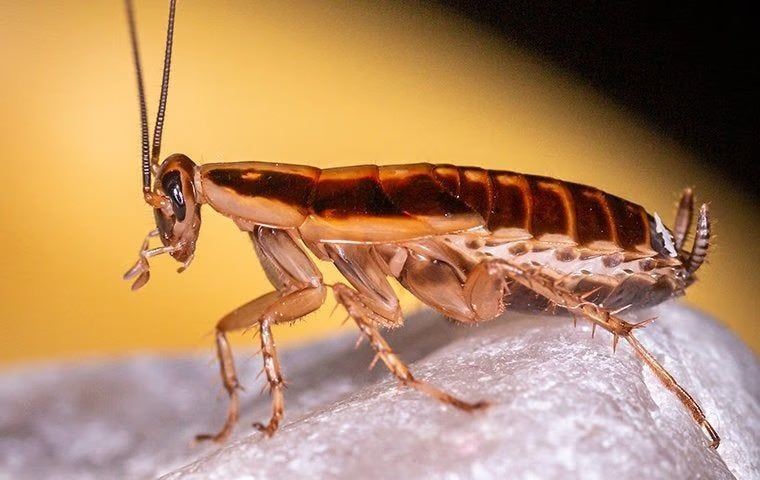
Problems German Cockroaches Pose Throughout The Home
Things You Should Know About German Cockroaches

Of all cockroaches that can get into your home and kitchen, the German cockroach is the worst. While many cockroach species don't do well inside—because they require a lot of moisture—German cockroaches do just fine. They have a higher tolerance to dry conditions. This makes them pernicious and relentless pests that will be happy to live with you permanently. Here are some of the ways they can be detrimental to you and everyone else living in your home.
1. Bacteria
Can you imagine taking some rotting food out of your trash and rubbing it on your cutting board? It is unthinkable. You know that your trash contains harmful bacteria that can make you sick. German cockroaches can easily go in and out of your trash can and then crawl across your dishes, counters, silverware, cutting board, and other sensitive places. In your bathroom, they're prone to getting onto the bristles of toothbrushes because they feed on toothpaste. And they won't think twice about walking on the rim of your toilet first. This propensity for getting into and onto dirty things, along with their high mobility, is the reason why cockroaches are linked to the spread of more than 33 kinds of bacteria.
2. Diseases
The diseases that affect us don't have the same impact on cockroaches. These are incredibly resilient creatures. If they are exposed to a harmful human pathogen, they can carry it into your home. How do they do this? One way is that roaches eat human excrement, contract diseases, and then expose those diseases to people by leaving their excrement on dishes, food-prep surfaces, and inside food packages.
3. Parasitic Worms
When cockroaches get into dirty places, they can pick up parasitic worms. There are 6 genera of parasites that have been linked to cockroaches. They are Ascaris, Trichuris, Capillaria, Toxocara, hookworm, and Eimeria. These worms hitch a ride on the outside of cockroaches and are deposited into packaged foods in food-storage areas. Keep in mind that German cockroaches don't need an open package of food to deposit parasitic worms, bacteria, or infected excrement. They can chew through paper, cardboard, and thin plastic to get into food.
4. Bites
Cockroaches eat the flesh of animals and are known to eat the flesh of humans both living and dead. Fortunately, they don't prefer to eat living people. They usually only bite people when overpopulation leads to intense hunger. When they bite, they typically bite eyelashes, fingernails, hands, and feet. These bite wounds will often become infected and lead to swelling and redness due to the bacteria most cockroaches have on them.
5. Allergies
Many people are allergic to cockroaches. When a roach crawls across their skin, it leaves a rash behind. But more insidious than this direct contact with cockroaches is the danger of airborne contaminants. Recent studies reveal a connection between asthma symptoms and cockroach infestations. It has been observed that the presence of cockroaches in a home leads to an increase in hospital visits and medical issues for people who suffer from asthma, especially children and the elderly.

What's the Action Advantage?
Find Out What Makes Us Different!
-
Environmentally-Friendly Products Available
-
After-Hours Answering Service Available
-
70+ Certified Pest Management Professionals
-
Trusted by the Community Since 1946

